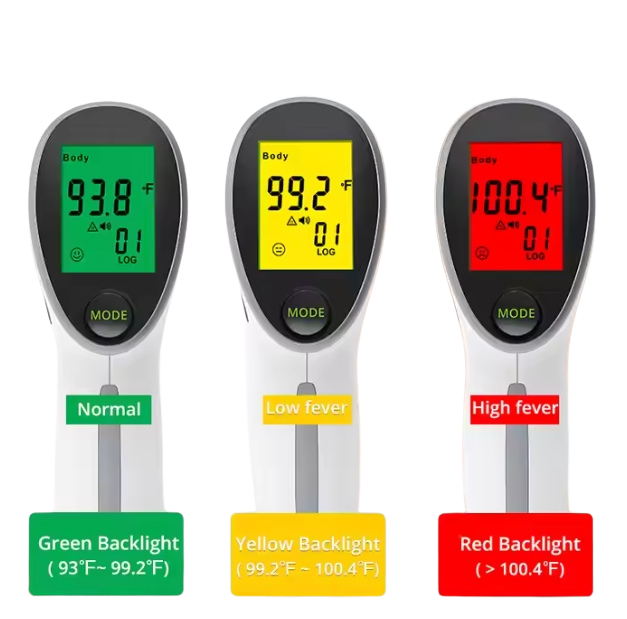How to Properly Use Clinical Ear and Digital Infrared Forehead Thermometers
10/15/20241 min read


Introduction to Thermometers
In the realm of healthcare, accurate temperature readings are crucial for diagnosing illnesses. Clinical ear thermometers and digital infrared forehead thermometers are two popular choices among healthcare professionals and households alike. This guide will help you understand how to use these thermometers correctly for optimal accuracy.
Using Clinical Ear Thermometers
Clinical ear thermometers, also known as tympanic thermometers, measure the temperature inside the ear by detecting infrared energy generated by the eardrum. To use this type of thermometer, follow these steps:
- Ensure the thermometer is clean and properly calibrated.
- Gently tug on the ear to straighten the ear canal, especially in children.
- Insert the thermometer tip into the ear canal without forcing it.
- Press the button to read the temperature. Wait for the beep, which indicates that the measurement is complete.
Readings from ear thermometers are typically ready in seconds, making them convenient for quick assessments. It’s important to note that using an ear thermometer on an infant under six months can be challenging, and alternative methods may be recommended.
Digital Infrared Forehead Thermometers
Digital infrared forehead thermometers are non-invasive and measure the surface temperature of the skin. Here’s how to use them effectively:
- Ensure that the thermometer is clean and free from obstructions.
- Hold the thermometer about one to two inches away from the forehead.
- Press the button to take a reading, often indicated by a light or beep.
These thermometers offer rapid readings and are suitable for all ages. However, factors such as sweat or environmental temperature can affect accuracy, so it’s advisable to ensure the forehead is clean and dry before taking a measurement.
Conclusion
Using clinical ear and digital infrared forehead thermometers correctly is essential for obtaining accurate temperature readings. Always follow manufacturer instructions and best practices to ensure reliability. Regular calibration, cleanliness, and appropriate technique are key factors in achieving precise readings that can assist in health assessments. By mastering the proper usage of these devices, you can enhance your diagnostic abilities and ensure better health outcomes.
© 2024. All rights reserved.
